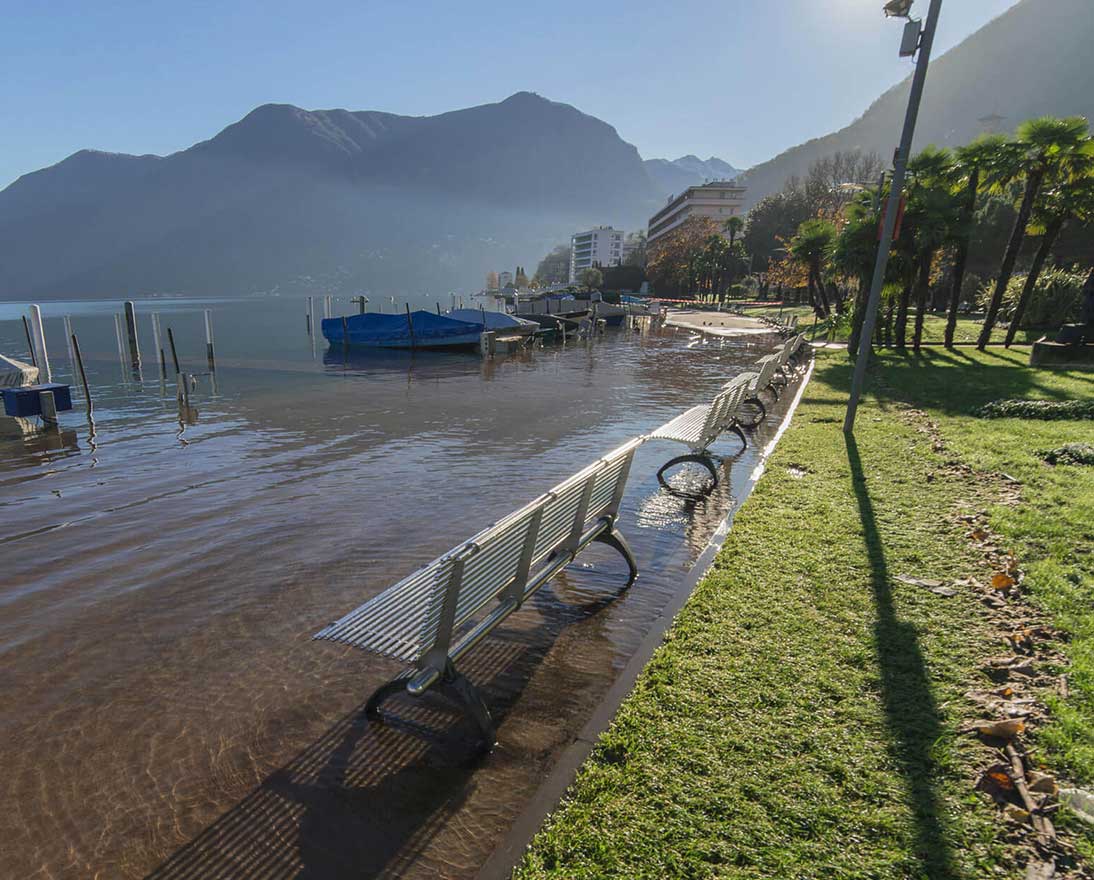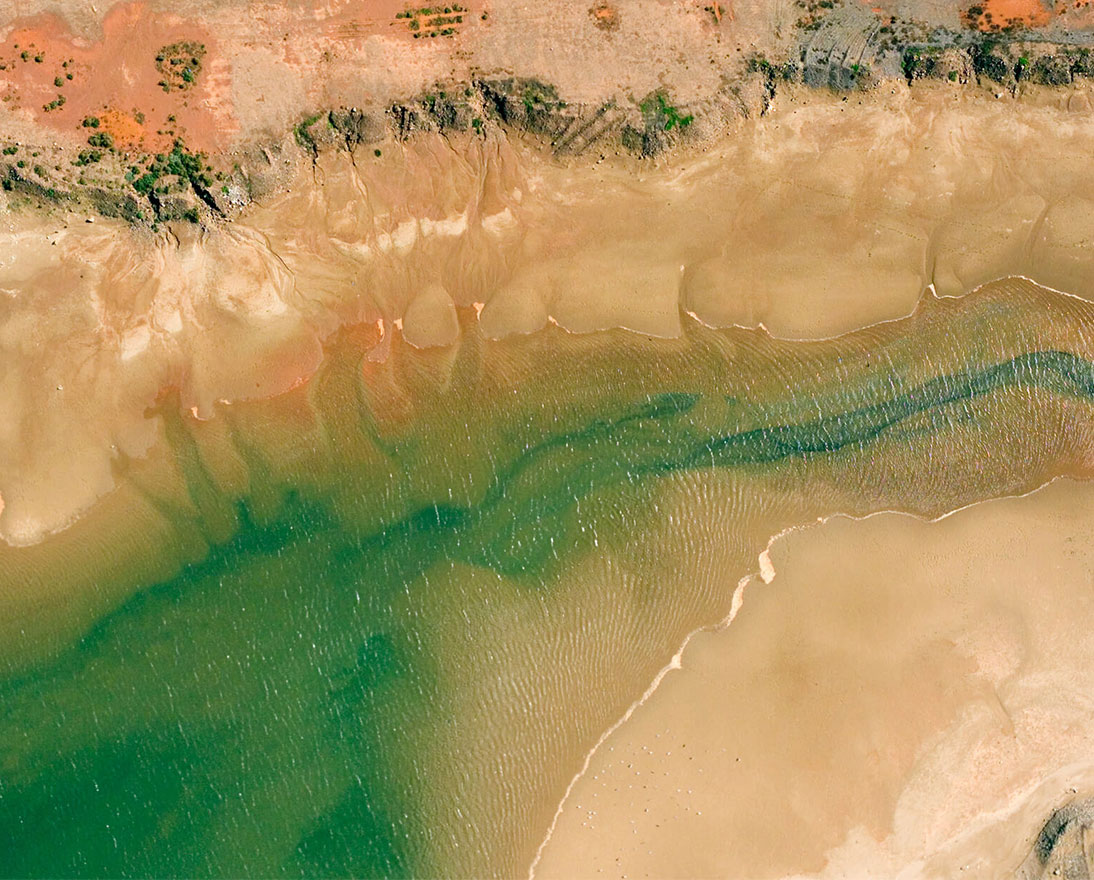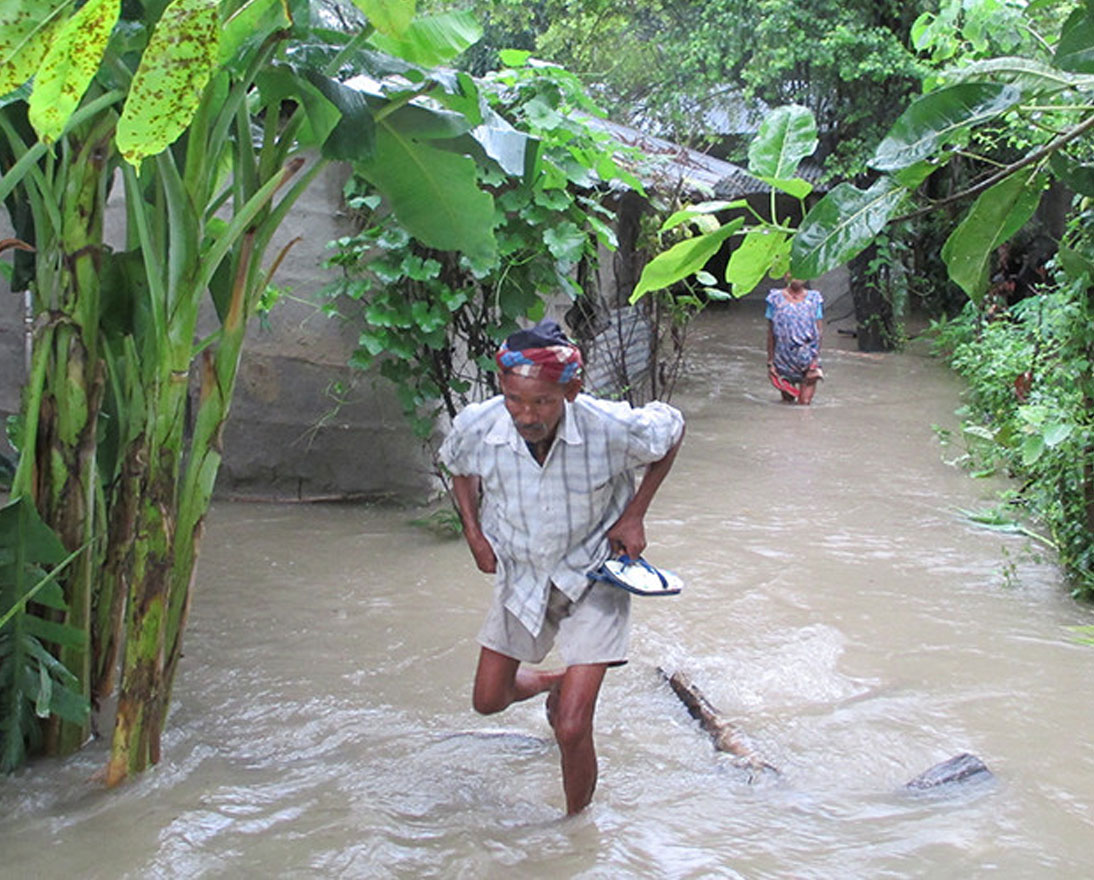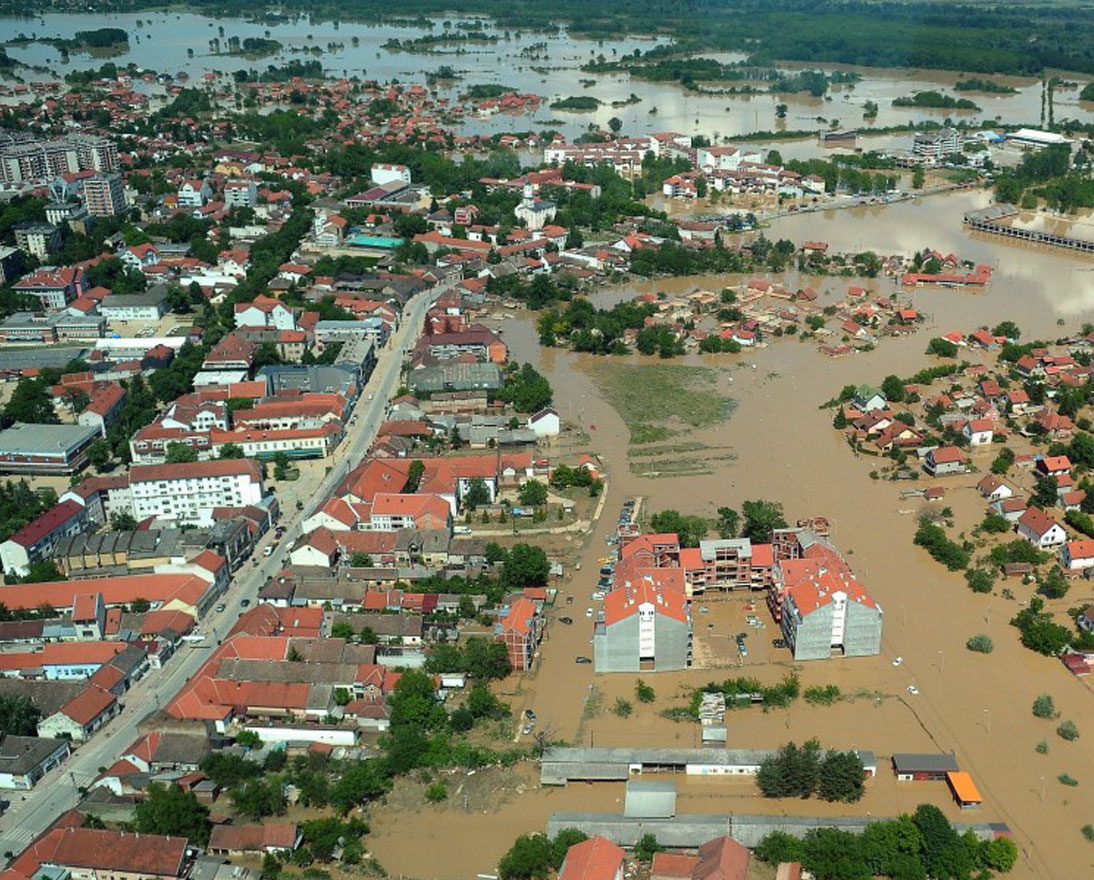
Past flood and wildfire events
How Zurich applies its expertise
As part of the Zurich Climate Resilience Alliance, the post-event review capability (PERC) provides research and independent reviews of large flood events. It seeks to answer questions related to aspects of flood resilience, flood risk management and catastrophe intervention. It looks at what has worked well (identifying best practice) and opportunities for further improvements.
Since 2013 we have used PERC to analyze various flood events, as presented in more detail below. We are consolidating the knowledge we have gained to make it available to anyone interested in progress on flood risk management. We are also engaging in dialogue with authorities to provide them with knowledge and best practices.
In addition, we are now using PERC to analyze wildfires. See more detail in the California fires and Fort McMurray Wildfire reports.
Zurich and ISET-International have developed a simple guide to conducting a post event review. In this methodology manual, first published in 2014 and updated in 2020 incorporating the many experiences from the post-event reviews conducted since the original publication, we lay out the PERC process for individuals and organizations looking to conduct a systematic and holistic evaluation of a disaster. It provides a set of guidelines for conducting PERC fieldwork and a framework for organizing, analyzing and presenting findings.
We do not need to wait for major disaster events to catalyze action; rather, we can learn from the experiences and knowledge gained from previous disasters in other areas to prevent future hazards from becoming disasters.
The climate crisis is causing more frequent and more severe disasters, trapping people in a spiral of loss, unable to recover and rebuild their lives before the next climate shock hits. With losses and damages from climate change estimated to reach $290–580 billion in 2030 and $1–1.8 trillion in 2050 for developing countries (LSE, 2022), it is clear that investment is needed across the full disaster risk management (DRM) cycle – from risk reduction, to preparedness, to response, to a resilient recovery – to minimise climate impacts where possible and build back more resiliently when impacts are unavoidable.
This latest summary report of lessons learnt and recommendations is based on the seven latest PERC reports.
How lessons learned from previous events can help businesses to become more resilient.
Lessons learned to become more resilient
The number of disasters and their magnitude are growing at an unprecedented rate. While there has been a decline in disaster mortality (in relative terms) over the last decade, in most places there has not been significant success in halting the substantial increase in economic losses. This results in profound knock-on effects to economic growth and development as well as to the general well-being of society.
Valencia floods highlight urgent need for climate resilience in Southern Europe
In October 2024, Valencia faced one of the most extreme rainfall events in Spanish history, with 772 mm falling in less than 24 hours. The floods caused 237 deaths and over €20 billion in damages. Zurich’s PERC report reveals critical lessons in urban planning, emergency coordination, and community recovery. As Mediterranean weather extremes intensify, this analysis offers actionable insights for building long-term resilience.
Download the English report or visit the PERC Valencia DANA page to explore all resources.
Catastrophic devastation in Western Europe needs transformational steps in reconstruction
Weather system “Bernd” caused immense damage and inconceivable human suffering in several European countries in July 2021, and struck the West of Germany, but also Belgium, Luxemburg, and the Netherlands particularly hard. This event was by far the largest and most complex analysis for the PERC team to date. The large number of deaths and the extent of the disaster area stretching over dozens of kilometers must serve as clear evidence that the threat situation in Central Europe due to natural hazards has changed. Past similar events that happened have been forgotten. Change is therefore urgently needed.
Download the English report or go to the PERC Bernd page to view all of the products.
Two deadly storms hit Malawi, Mozambique and Zimbabwe in spring 2019. A series of PERC materials highlight that, despite progress in recent years, more needs to be done to build resilience. Zurich and its Alliance members examine issues around housing and infrastructure and the critical need for forecasting and early warning systems.
This report focuses on opportunities, successes and learnings following Hurricane Florence and is Zurich’s 14th post-event review of a severe weather event.
Hurricane Harvey made landfall near Rockport, Texas on August 25, 2017 as a Category 4 storm. Over the next four days, Harvey dropped more than 1 m (40 inches) of rain over eastern Texas, causing catastrophic flooding.
The 2017 coastal flooding in Peru was highly destructive, both to northern Peru and the country as a whole. This PERC report explores what happened, where disaster risk reduction was most effective, and where there is opportunity to further build flood resilience in Peruvian lowland communities.
In late May and early June 2016, storms ‘Elvira’ and ‘Friederike’ resulted in extreme rainfall exceeding 180 mm in some regions of southern Germany. Some towns were especially hard hit.
In October 2015, South Carolina experienced days of torrential rains and severe flooding. The floods were a major disaster.
The historic town of Benevento sits approximately 50 kilometers northeast of Naples. It is a place known for food, including fine pasta. As an insurer, Zurich is helping customers in towns like Benevento to become more resilient to floods.
The storms that battered the north of England and parts of Scotland at the end of 2015 and early 2016 caused significant damage and disruption to families and businesses across tight knit rural communities and larger towns and cities.
In the final hours of October 2015, a powerful storm and heavy rains pounded the Algarve region. Flood waters rose quickly, threatening residents and businesses in communities along Portugal’s south coast. By Sunday morning, November 1, it was clear that some of the worst-affected areas faced a major disaster.
The Zurich flood resilience program works closely with Indonesia’s Red Cross Society (PMI) to mitigate the impact of floods in the Bengawan Solo river basin on the island of Java, Indonesia. The program has proved so successful that local authorities are now using our approach to help more communities across Java.
An intense thunderstorm caused severe flooding in Emmental and surrounding villages. But the damages would have been even bigger had the water level of the river Aare not been lowered to be able to take up the high discharge of the Emme river. Read more about the floods in a report by our flood resilience specialist.
It doesn't rain often in the desert, but when it does, the danger can be extreme. A Zurich study reviews what can be learned from devastating floods in Morocco in 2013, based on research led by a group of experts in that country.
In June 2013, we published a post-event review of the floods in Central Europe, offering recommendations for ways to mitigate damage from such events in future. It included observations from Zurich risk engineers and claims experts, who were on the ground right after the floods to gain first-hand insights.
Thousands evacuated and one in six properties at risk – the flooding which hit the UK in December 2013 was the worst since 1953. This review by Zurich experts looks at measures taken and structures put in place over the years. It also shows why it is important to maintain flood protection investments and to make protection part of an integrated flood risk reduction.
For the past couple of years, we have also studied wildfires, conducting post-event reviews with resilience-minded organizations in three countries – assessing the Fort McMurray wildfires in Canada, the 2017 and 2018 California fires, and the bushfires in Tasmania of summer 2018-2019.
We do not need to wait for major disaster events to catalyze action; rather, we can learn from the experiences and knowledge gained from previous disasters in other areas to prevent future hazards from becoming disasters.
Bushfires are a natural part of the Australian summer landscape but pose a real threat to property and lives. We don’t have to cast our minds too far back to remember devastating bushfire seasons. This report highlights the importance of understanding all aspects of the impacts from natural hazard events. This report brings together the views of community members, business owners and government officials to craft meaningful conclusions and recommendations.
Building resilience from the ashes
The 2018 California wildfire season, which exceeded the impacts of the already extremely destructive 2017 wildfire season, clearly illustrates that there is room for improvement when it comes to building resilience to wildfires. We can no longer hope to solely fight these fires and stop them in their tracks before they consume homes and lives.
Learning from Canada's costliest disaster
Fire burned out of control in northeastern Alberta between May 1 and July 4, 2016. The Horse River fire, also called the Fort McMurray fire, burned into Fort McMurray on May 3. Two people were killed in a vehicle collision during the evacuation. Fort McMurray, the largest community in northern Canada, was cut off for one month. An estimated 88,000 people were evacuated. Hundreds of structures were destroyed by fire, including 2,579 homes and other dwellings.



